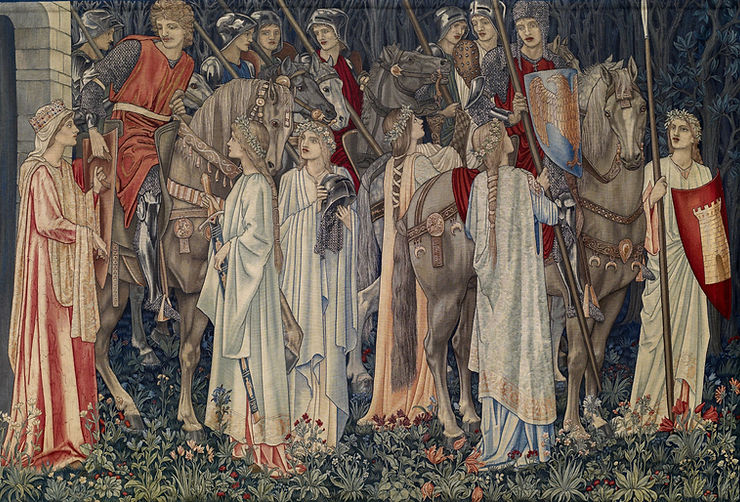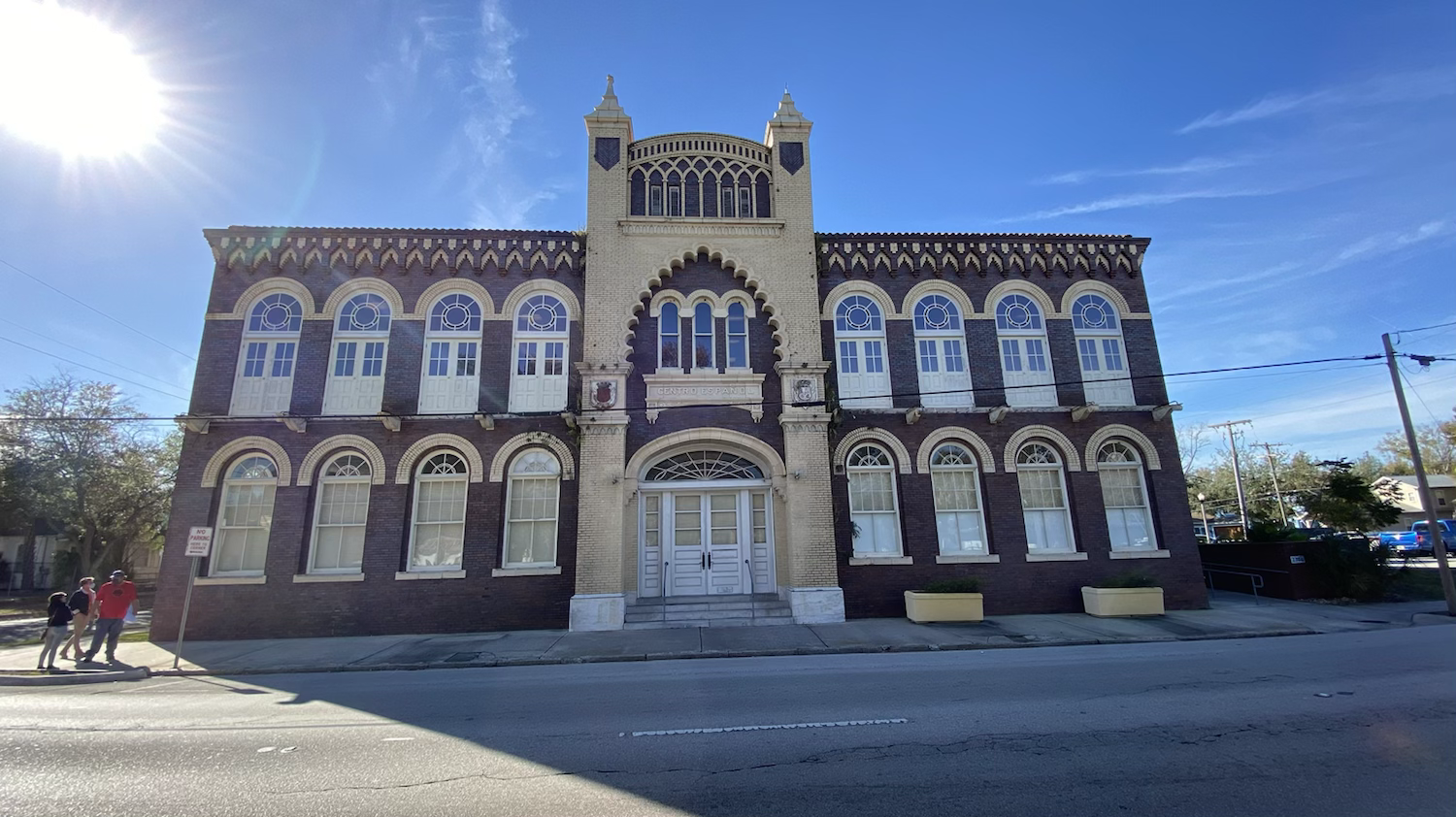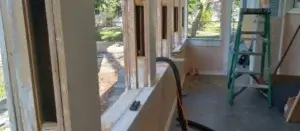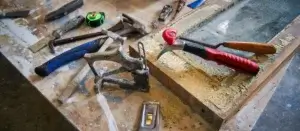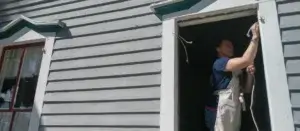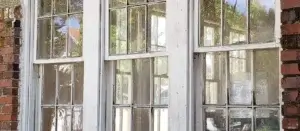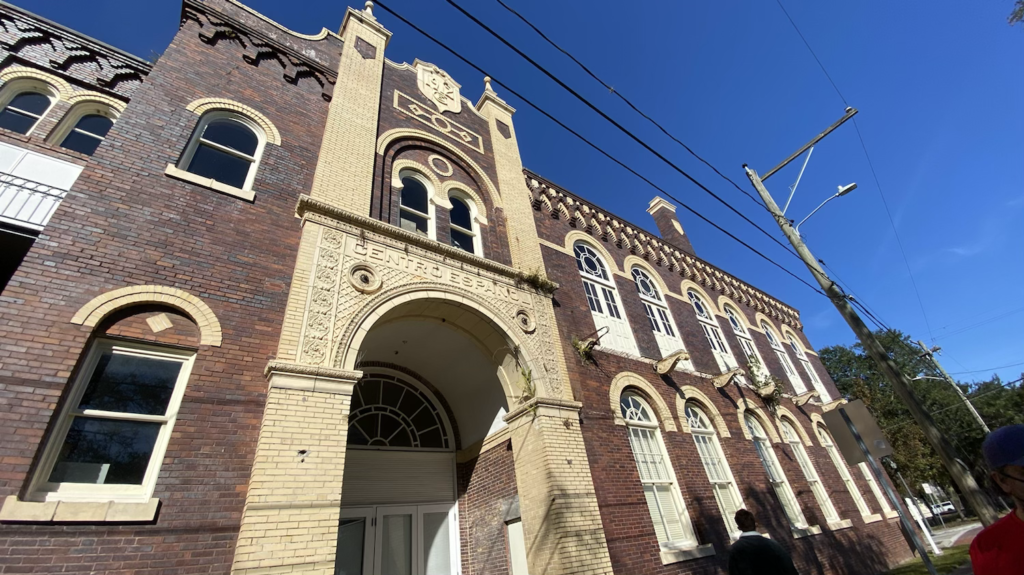
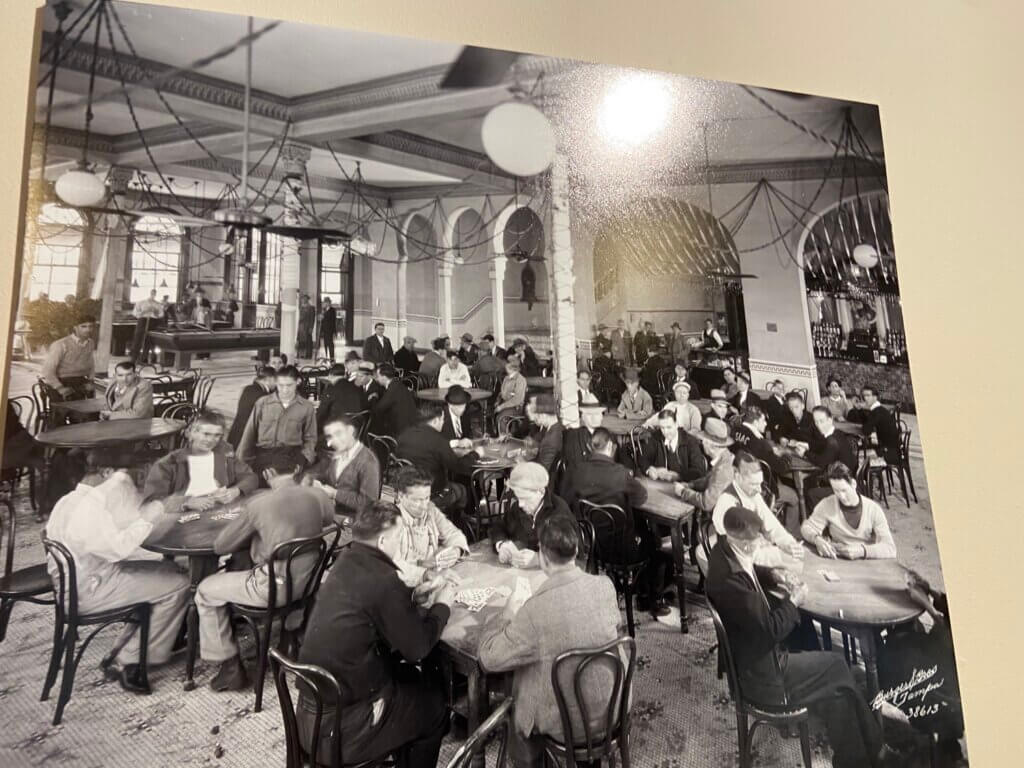
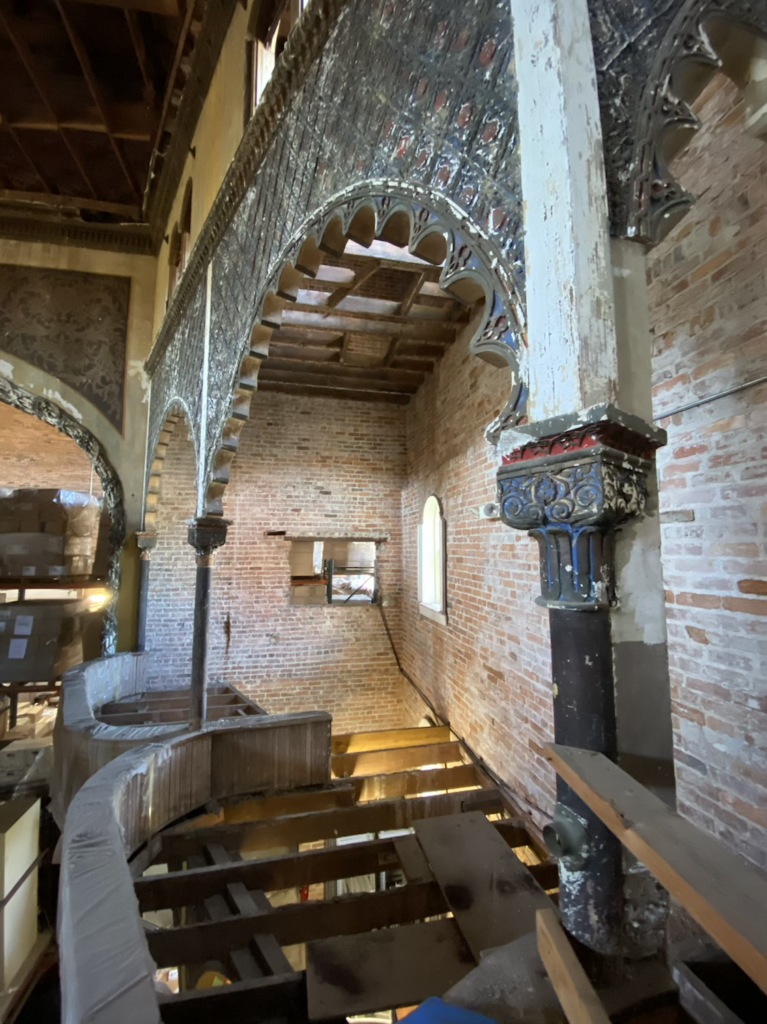

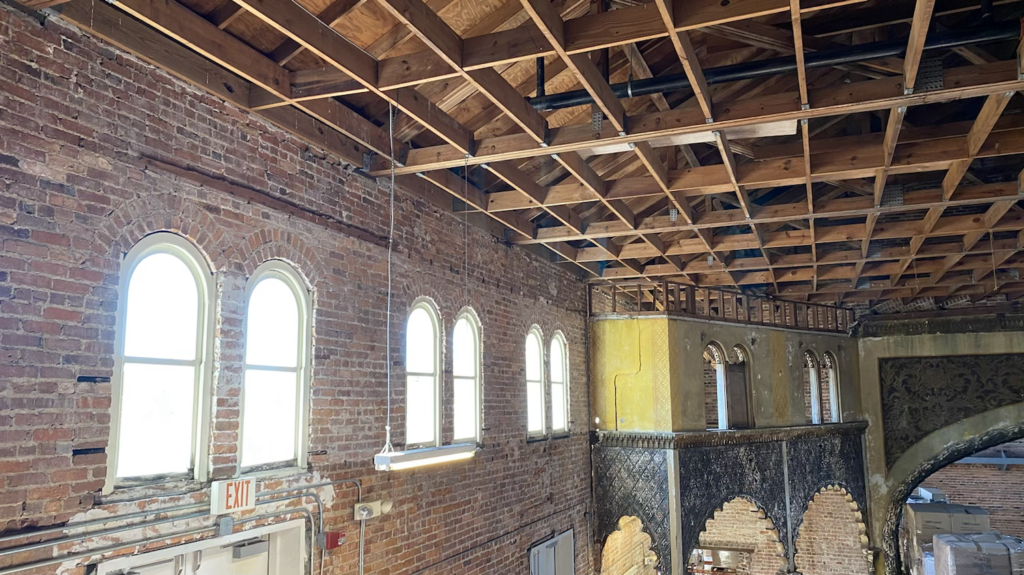
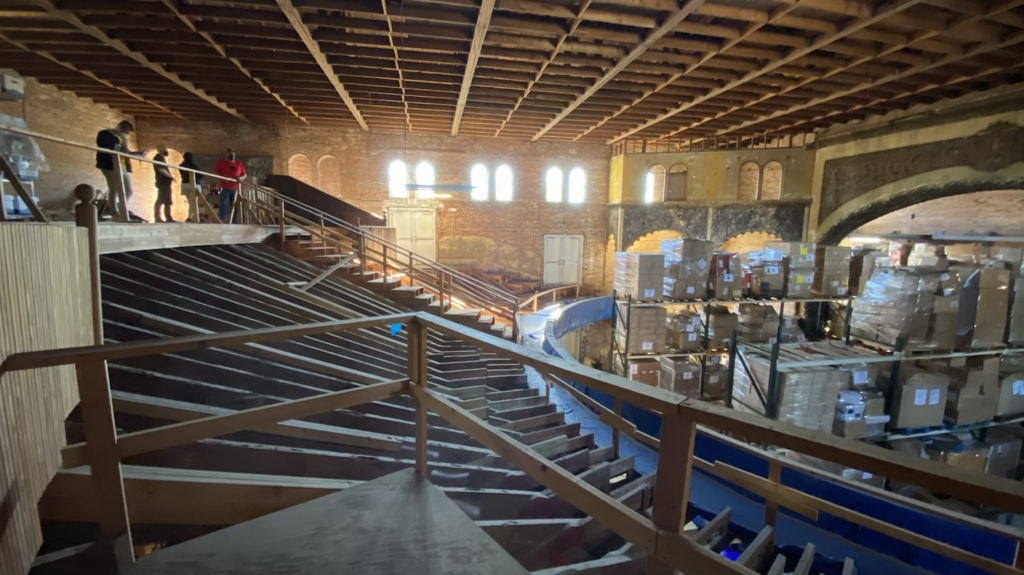

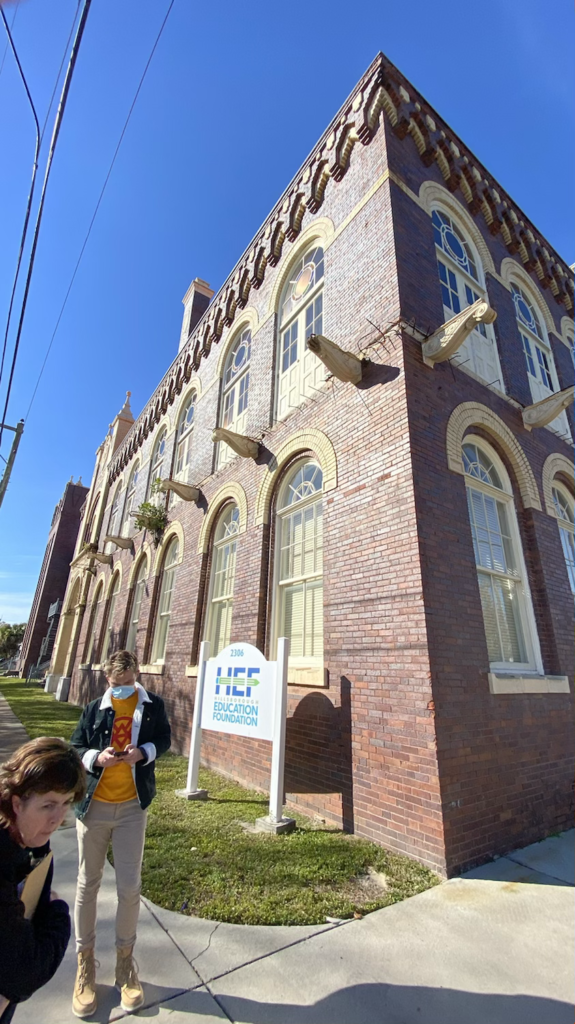
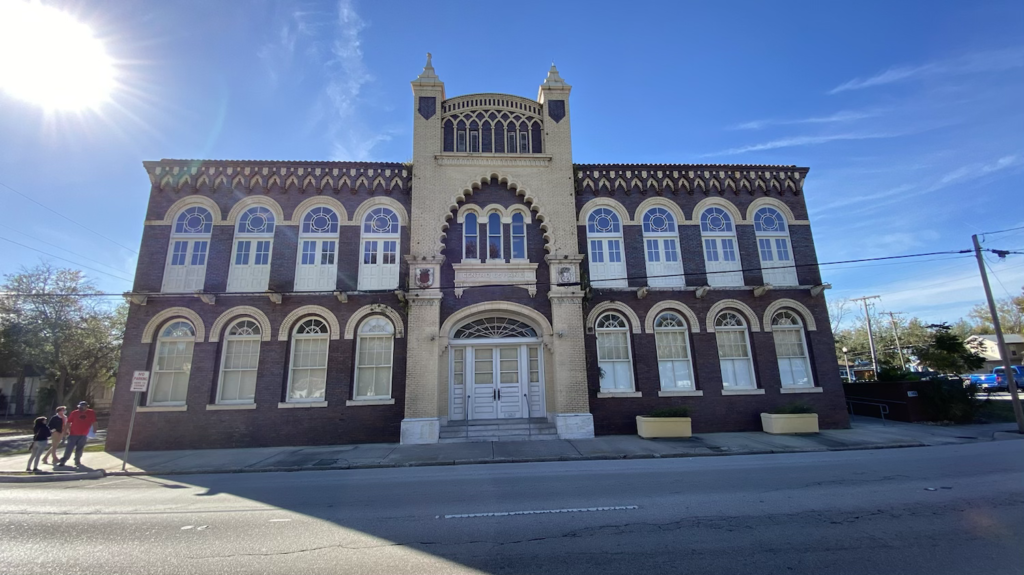



So we have a large project coming up soon, in a couple of weeks as a matter of fact.
For months we’ve been working on small to medium sized projects so the question we’re asking ourselves is how we’ll translate what we know about small projects into big ones.
A small project for us might be five to ten windows. A medium sized project might be ten to twenty and a large project would be twenty windows and beyond. The project we’re about to undertake is seventy windows of all sorts of sizes, shapes and configurations, on a three story building. So not only is it large, it is super sized In comparison to what we’ve been accustomed.
Lynda and I put video podcast together yesterday that captured our discussion about it. You can watch/listen to it below in episode 3 of The Chronic Artisan. In it I described the process in terms of proper sequencing. Every window we work on follows a sequence. Working on multiple windows follows a similar but slightly modified sequence. The trick as I described it, is to properly sequence the sequences. That works, but I stumbled upon a better way to describe it just now.
Anyone who’s undertaken projects of their own can understand what it’s like for a project to become tangled. By tangled we simply mean that the project hasn’t gone as planned, activities are out of order and the work has taken on an element of chaos. We bail ourselves out by sheer willpower and talent and hope it doesn’t happen again. If you’ve undertaken projects of your own, you know exactly what I’m talking about. It’s painful.
That a project can be tangled implies interwoven threads. Threads interwoven properly make a tapestry.
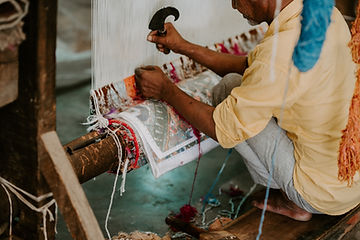
A tapestry is a decorative fabric in which colored threads are woven by hand to produce intricate designs and pictures that are often displayed on walls or incorporated into furniture.
A properly woven tapestry is an elaborate and elegant work of art. Such a work of art requires a weaver who understands and has mastered how each of the threads are interwoven throughout the entire piece, where each thread starts and finishes, how and why each thread is placed where it is. That is the challenge of a large project. Simply put, no weaver, no tapestry.
The weaver is the one responsible for ensuring that the tapestry starts with a strong and secure foundation. Nobody likes later threads coming unwound unnecessarily. A large project should be launched in a way that sets a firm precedent for work performed throughout the rest of the project.
The weaver is also responsible for ensuring that each individual thread both begins and ends in accordance to a proper sequence, in accordance with a proven and predictable method. A large project should develop a solid and predictable rhythm.
Perhaps the weaver’s most important responsibility of all is ensuring that the final threads are secured in a way ties everything together and ensures nothing comes undone later. The master weaver can leave no loose ends. A large project completed on time and under budget with a minimal punch out list and zero callbacks is the goal.
The weaver’s job is the most important job of all, but if done correctly, is both invisible and thankless. That is as it should be. If the weaver performs properly the tapestry will appear as if it happened by mystery and magic. The weaver fades into the background because the point never was to bring self glory, the point was the tapestry.
This is the way of all artists. It was their work they intended to be memorialized, and if the weaver is a true artist, the work will capture their spirit and they will live on.
